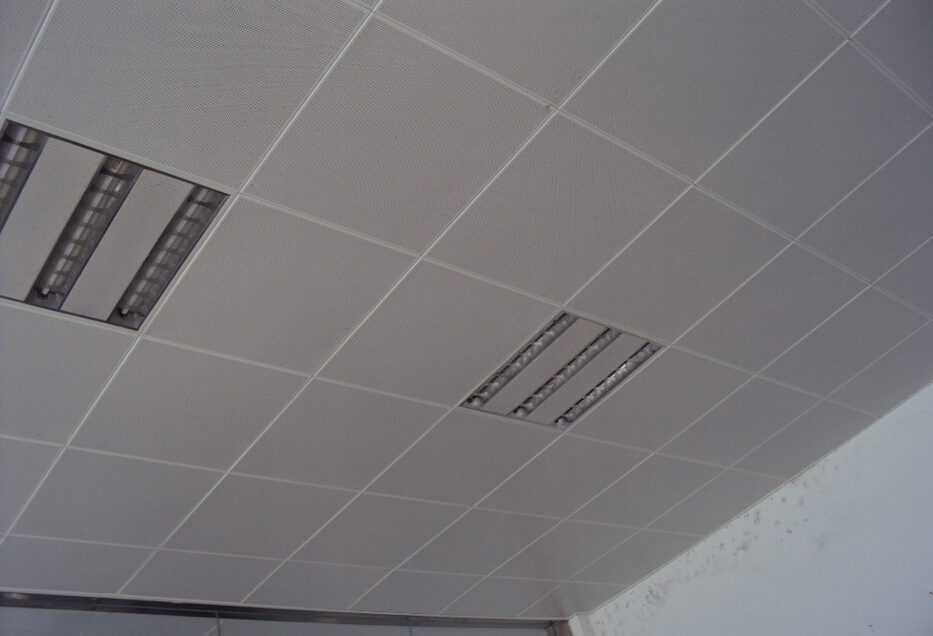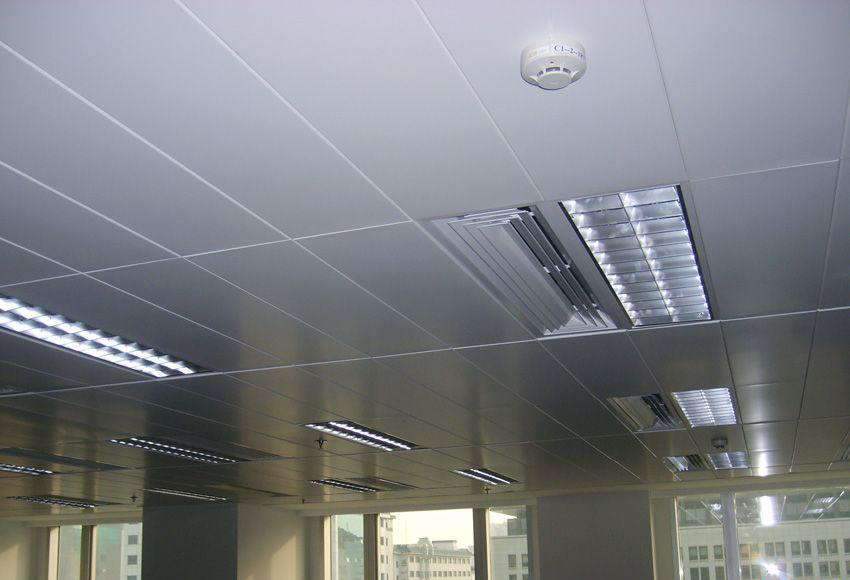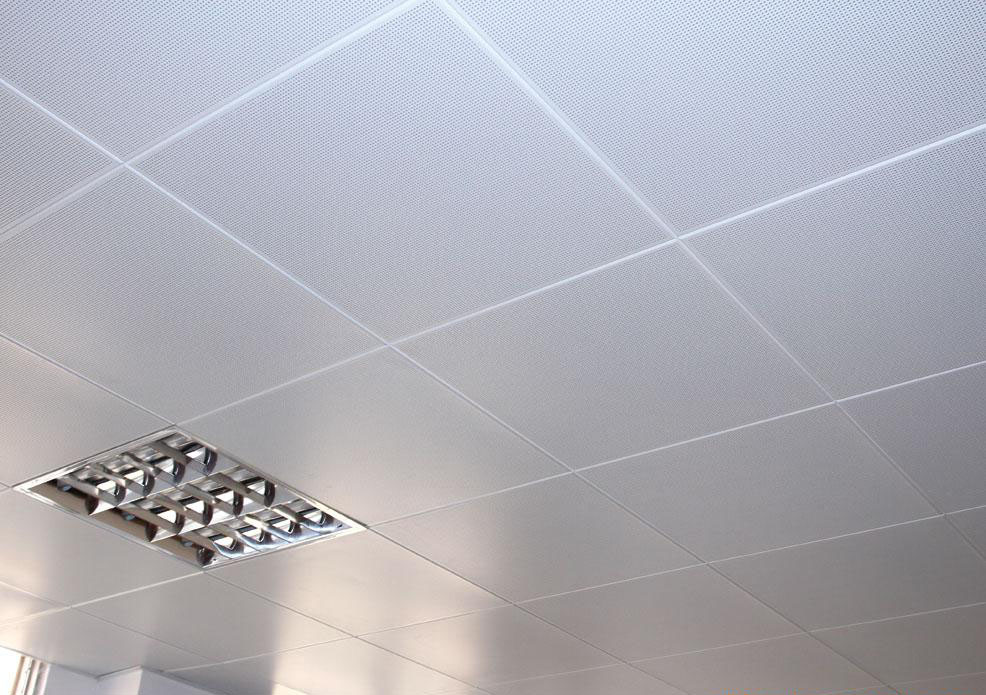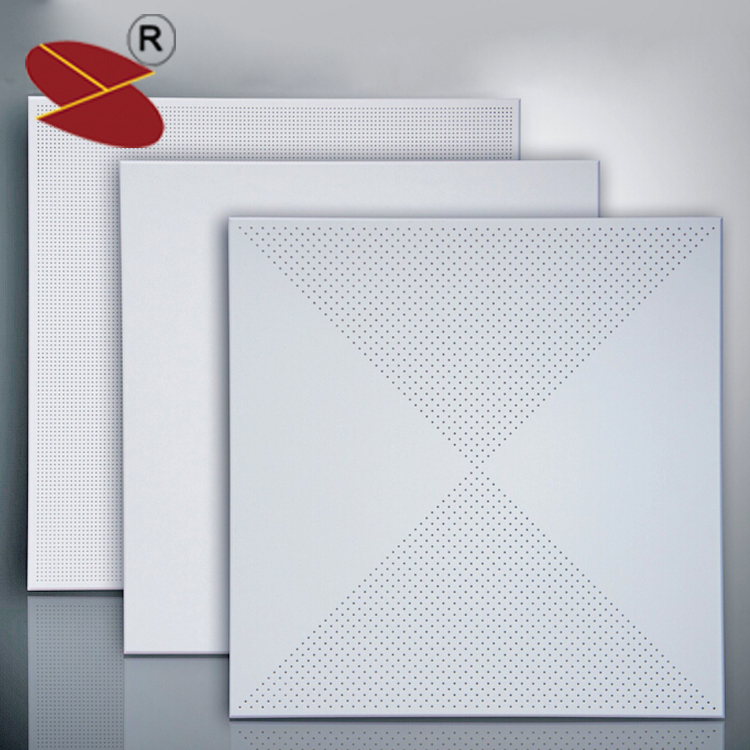- New semiautomatic Machine for normal black tissue Aluminium Ceiling(Clip in)
- Why Should You Choose Aluinium Tile Ceiling?(为什么选择铝扣板
- Customized Design Aluminium Panel
- Acoustic Aluminium Ceiling
- Semi-Automatic Aluminium Ceiling Production Systems
- SURFACE TREATMENT SERIES-ROLLER COATED
- Aluminium Venneer spraying process
- The Surface Treatment of ANODIZED,FILM
- THERMAL TRANSDER
- Brushed-Surface treatment Series
- Roll Coating Process of Aluminium Sheet
- ADVANTAGE OF ALUMINIUM PLATE POWDER SPRAYING
- Perforated Aluminium Ceiling System
- O-Shaped Round Tube Ceiling
- How to improve the Weather-ability of Powder Coatings
- Ceiling Covering Buying Guide
- How to Treat Ceiling Panel Correctly?
- FINISHES-Aluminum Powder Coating Finishes
- All About Aluminum Ceiling
- Using Aluminum Ceiling Tiles in the Bathroom
- Modern Ceiling Design Ideas to Inspire Your home
- FULL DOWNWARD ACCESSIBILITY FOR Aluminum Suspension ceiling system
- 10Advantages for Aluminum Ceiling Tiles Over Traditional Material
- Guide to Aluminum Suspended Ceilings
- Aluminum False Ceiling Design
- Production Line for Aluminum Ceiling Tile-Clip in type
- How the clip-in aluminum ceiling tiles manufactured?
- What is Powder Coating?
- What is the difference between fluorocarbon spraying and powder spraying?
- What is wire drawing?
- Powder coating
- Drop Ceiling Tiles Installation Instructions
- Aluminium Drop Ceiling VS DRYWALL
- Non-woven self-adhesive machine
 Coating a aluminum is a popular method to improve corrosion resistance. Applying a coating is often
Coating a aluminum is a popular method to improve corrosion resistance. Applying a coating is often
often very cost-effective when compared to alternatives, such as using a corrosion-resistant alloy. Using 1100 Aluminum alloy and coating it to prevent corrosion can be less expensive than using Aluminum alloy 6063 T5. For this reason, coatings have become very common, with one of the most popular methods being powder coating.

What is Powder Coating?
Powder coating is a protective layer that offers a resilient coating to materials that need protection from corrosion. Unlike many other coating processes, powder coating is a dry coating process, which means that it is solid when applied to the base material. Most coatings are applied as liquids for adhesion purposes. Powder coating is applied dry because it is able to use electrostatics to adhere the coating material to the substrate being coated.
While all are applied somewhat similarly, powder coatings can come in a variety of colors, chemical compounds, and thicknesses.
 How is a Powder Coating Applied?
How is a Powder Coating Applied?
Perhaps the most common method of applying a powder coating is through the use of a powder coating spray gun. This method propels the powder coating material at the substrate being coated, while also giving the particles an electrostatic charge. The substrate being coated is grounded which attracts the electrically charged particles, helping to form a bond.
Once coated, the material is placed in a curing oven. This provides heat which causes the powder to bond together and adhere to the base material without the need for an electrical charge. UV light may also be used in addition to, or in place of, curing ovens.
Another method of applying a powder coating is through the use of a fluidized bed. For this process, the base material is heated and then submerged into a container filled with the powder coating material. After being submerged, the coated part is potentially subjected to post-curing, depending on the type of base and coating material.
 What Are The Types of Powder Coating?
What Are The Types of Powder Coating?

While there are several different varieties of powder coating that can be used depending on job conditions and requirements, powder coating materials can typically be categorized as either thermoplastics and thermosets.
- Thermoplastics Thermoplastics are a type of coating material that can be set by heat more than one time. This is advantageous for coating removal and other post-curing alterations. Thermoplastics are also generally more ductile, and have an excellent ability to withstand impacts without fracturing. In general, thermoplastics also have excellent chemical resistance. Examples of thermoplastic coating material types include polyester, polyvinyl chloride, and nylon.
- Thermosets Thermosets are coating material types that form cross-links among their molecular structures when cured. This cross-linking is more permanent than thermoplastics. Once cured, thermosets are less affected by temperature, which makes them ideal for higher temperature applications. They can also be a more affordable coating method than some types of thermoplastics.
What Metals Can Be Powder Coated?
Virtually all metal types can be powder coated. This is because they are able to hold an electrostatic charge to have powder coating material adhered to them. Additionally, the high temperatures used during the curing are not high enough to be detrimental to most metals.
Some plastics and other materials may not be able to have powder clung to them via electrostatics. Plastics, in particular, may not be able to withstand the heat of the curing oven. In these cases, special powder coatings may be cured through UV light to avoid the high temperatures.

 How is a Powder Coating Applied?
How is a Powder Coating Applied? What Are The Types of Powder Coating?
What Are The Types of Powder Coating?